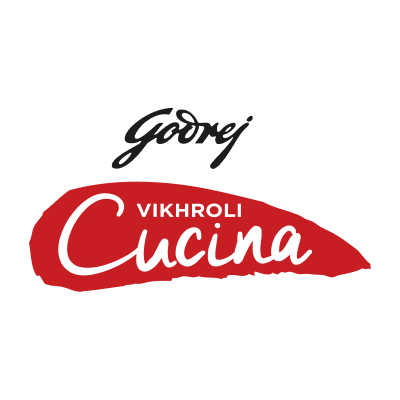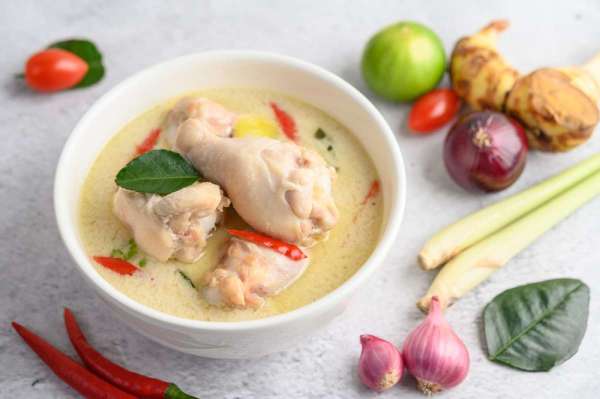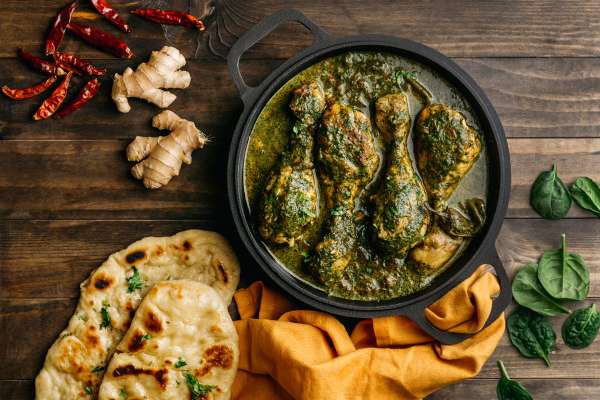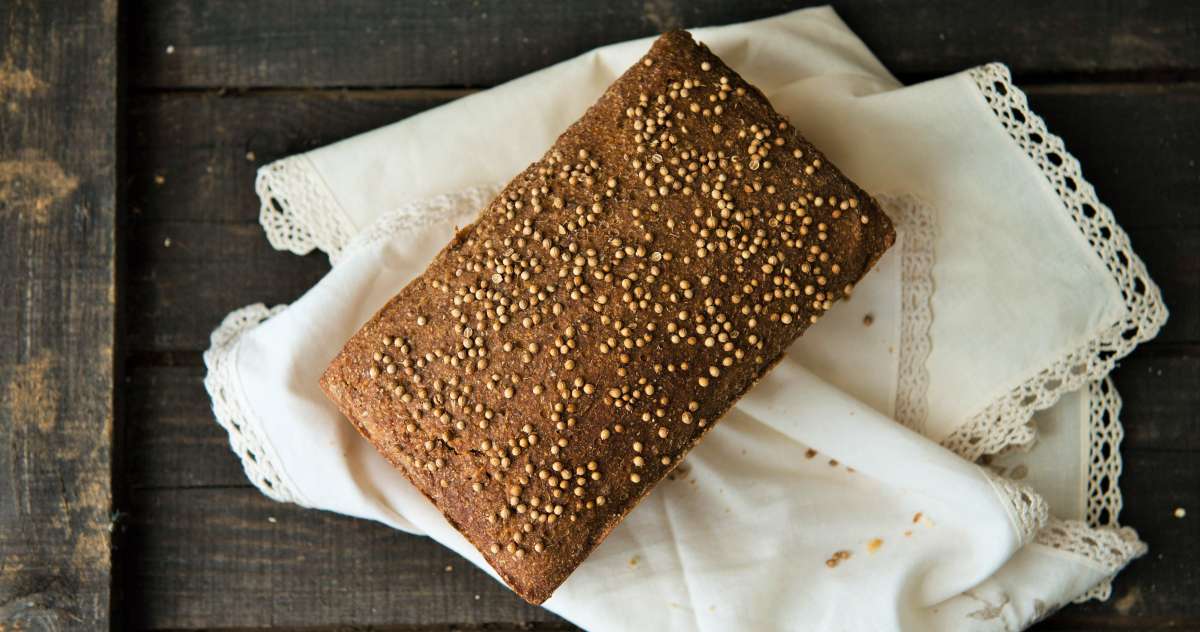
Have you tried these traditional fermented dishes yet?
A look at five regional fermented dishes that aren’t as well-known but are definitely worth a try

The buzz around fermented food and homemade fermented drinks has only been getting louder. Conversations around cultivating sourdough starters and pickling produce that were commonplace in 2020 are only set to get more nuanced. According to the Godrej Food Trends Report 2021, this year will introduce more Indian ferments into home kitchens, on the shelves and restaurant menus. This is being fuelled by the growing respect for traditional wisdom, the perceived health benefits of fermented foods and a rising interest in the cuisines of north-east India, which are rich in fermented flavours. Here are some lesser-known fermented dishes that are worth a try.
Kharoli
Mustard seeds are used extensively in Assamese cuisine, and kharoli is one such popular dish. Mustard seeds are washed and dried in the sun for a day or so. They are then ground to a chunky paste and mixed with salt and kolakhar or khar — an alkaline liquid that is obtained by filtering water through the ashes of sun-dried banana peels. The paste is kneaded until it starts releasing oil and then wrapped in a banana leaf and fermented for around three days. The mustard chutney or paste is popularly paired with poita bhaat (fermented rice) or rice and dal.
Enduri pitha
This Odia festive favourite is similar to a lesser-known traditional Goan delicacy. Enduri pitha is prepared during Prathamastami pooja — a ritual to honour the firstborn of the family. Parboiled rice and black gram (urad dal) are ground together and then fermented. A mixture made of coconut and jaggery (green cardamom and black pepper powder are also added at times) is also prepared. The batter is smeared on a greased turmeric leaf, the filling is added, and the pitha gets steamed.
Gundruk
Gundruk travelled all the way from Nepal and is now popularly consumed in Darjeeling and some north-eastern states. Mustard and radish leaves and other leafy veggies are allowed to wilt for a day or two and then pounded with a little water. The mixture is squeezed to remove excess moisture, packed in tight-lidded jars and allowed to ferment for a few days. The gundruk is then removed from the jars and then dried in the sun. The strands are usually cooked into a soupy curry called gundruk jhol or eaten as a condiment.
Bajre ki khatti raabdi
This traditional Rajasthani drink is usually prepared during the summers. An easy, relatively fuss-free recipe, Bajre ki Khatti Raabdi is traditionally made by cooking bajra (pearl millet) flour, yoghurt or buttermilk, and salt in an earthenware pot on a low flame. The gruel is left to ferment overnight and usually consumed as a mid-morning drink or is served with meals
Chura sabji
This is traditionally made with fermented yak’s cheese, seasonal vegetables and chilli flakes of bhut jolokia (ghost pepper) or raja mircha, which cuts through the creaminess of the dish. This dish is popular in Arunachal Pradesh and is usually eaten both as a soup or curry with steamed rice.
Are there any other fermented dishes that you know of and would like to highlight? Share it with us in the comments section below.
Tags
0 Comment
You may also like
-

Kitchen stories Best of 2025: the year in search and 3 viral chicken recipes
by Vikhroli Cucina
-

Kitchen stories The weekend chicken curry Christmas special: The Kerala Chicken Stew
by Vikhroli Cucina
-

Kitchen stories Gothic gastronomy: A Halloween menu of edible illusions
by Vikhroli Cucina
-

Kitchen stories The weekend chicken curry: Pahari Murg with Godrej Real Good Chicken
by Vikhroli Cucina

